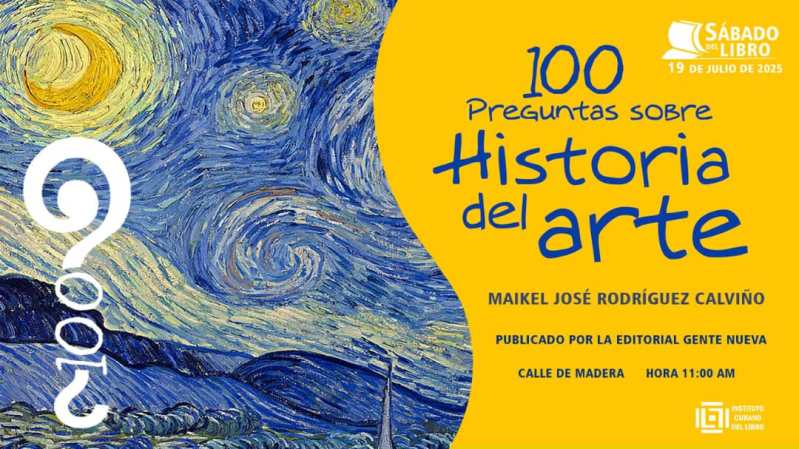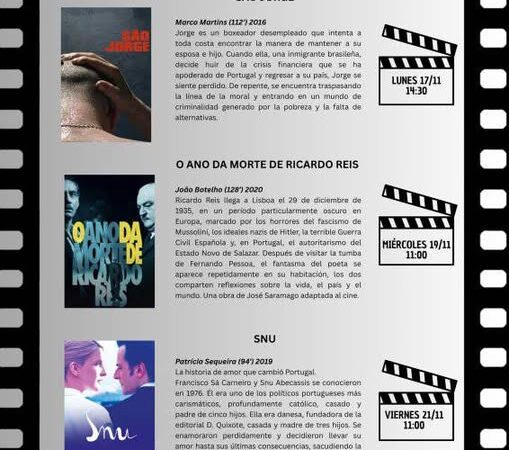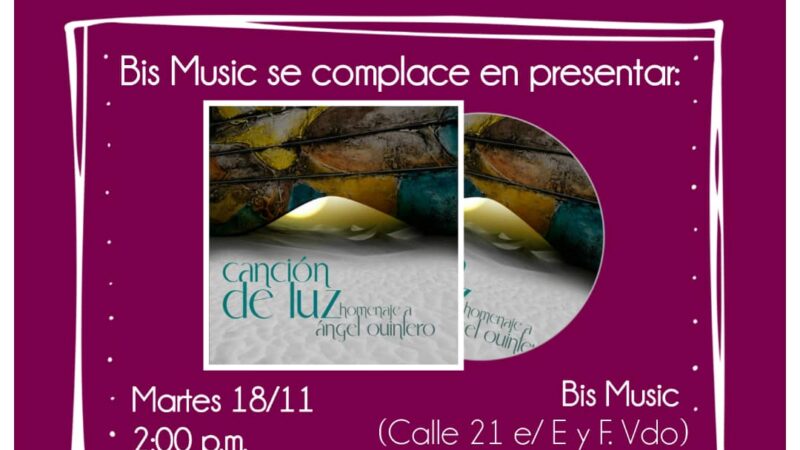Art History in 100 Questions: A Journey Through the Messages Left by Artists

The book 100 Preguntas sobre la Historia del Arte by Maikel José Rodríguez Calviño will be launched during the upcoming Sábado del Libro on July 19, on Calle de Madera in Havana’s Historic Center.
Published by Editorial Gente Nueva, this book explores the evolution of human artistic creation from the Upper Paleolithic era to the year 2000. It reveals how each artist left a unique mark and conveyed a message through their work. Throughout its pages, the author poses 100 questions and answers centered around a key theme: What is art?
According to Rodríguez Calviño, the book aims to introduce young readers to the world of art in the most engaging and playful way possible. He poses intriguing questions like, “Why are penises so small in Greek art?” and “Why did Goya paint two majas?” He also discusses haunting works, such as La pesadilla by Johann Heinrich Füssli and La isla de los muertos by Arnold Böcklin, as explained in an interview available on the website of the Hermanos Saíz Association.
Rodríguez Calviño, a specialist in Cuban religious and allegorical art, belongs to a new generation of Cuban authors dedicated to storytelling for children, teens, and young adults. However, he believes that readers of all ages can enjoy his books.
He holds a degree in Art History from the Faculty of Arts and Letters at the University of Havana and is recognized as an expert on the work of José Nicolás de Escalera y Domínguez. In 2011, he received the prestigious La Edad de Oro Award for his short story collection, Puertas de papel, published by Gente Nueva in 2012.
He also received an Honorable Mention in the 2016 Premio Calendario for Children’s and Young Adult Literature for his novel Cerezas al óleo, and went on to win the 2017 Premio Calendario in the same category with La isla iluminada. His other works include the novel Los enigmas de la Rosa de Marfil (Gente Nueva, 2014) and the short story collection Fantasmacromía (Ediciones La Luz, 2016).
Translated by Luis E. Amador Dominguez



